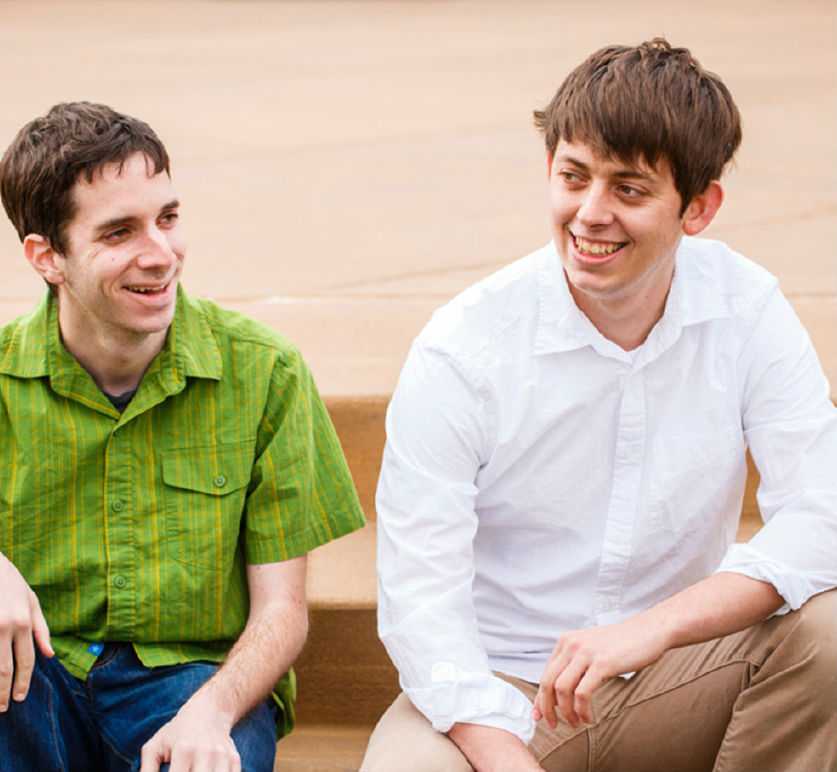A year ago at this time, an ambitious young educator named Hannah Williams was getting ready to take advantage of the state’s new charter school law. She had a Masters degree from Harvard, a plan for a freewheeling, project-based curriculum and a $100,000 grant from an organization funded largely by the Bill & Melinda Gates Foundation.
Last week, she announced that she was suspending her effort. After getting turned down by the state Charter School Commission in the first application process, and submitting a “notice of intent” to apply again in June, Williams and her Out of the Box Learning Studio decided not to follow through with an actual application.
She wasn’t alone. In June, twelve non-profits told the commission they intended to apply. By the July due date, all but four had dropped out. Last year, in contrast, the commission received 19 applications.
Even if the commission green-lighted all of this year’s batch, the state still wouldn’t see the eight charter schools that are allowable each year for five years under the law. Spokane can also authorize charters, but has only received three applications, according to commission chair Steve Sundquist.
Whether you love or hate the charter school concept, this is undoubtedly a good thing. What the developments suggest is the onset of self-selection, brought on in part by the commission’s exacting standards. Last year, the group rejected 12 of the 19 proposals. (Of the seven approved, only Seattle’s First Place School is already up and running.) The commission’s denial notice to Out of the Box, for instance, identified educational, organizational and financial concerns.
In a conversation with SW this week, Williams says she unexpectedly found herself spending all her time on developing a board. “That’s not my strength,” says the former Aki Kurose Middle Schooltheater and music teacher. She says she had trouble finding people with financial skills, and didn’t even get around to actual fundraising yet.
And fundraising is something a new charter school has to do. While by law charters get the same per-pupil state allocation as other public schools, that funding only starts flowing once a school is already open and the state has students to count. Before that, a school has to do many things, Sundquist explains: “find students, hire teachers, find a building, begin lease payments, maybe retrofit the building.”
“It’s a big lift,” he acknowledges. And even once a school starts getting state funding, it won’t receive local levy money until voters tax themselves anew (the theory being that they weren’t voting for charter school funding when they taxed themselves the last time). That’s a significant chunk of the budget for regular public schools—about 25 percent in Seattle, according to Sundquist, a former school board member here.
If that weren’t daunting enough, the commission added a new requirement this summer: applicants had to show that they were already engaging the community that they planned to serve, not just that they had a plan to do so. The intent, Sundquist says, is “to make sure that the potential school is going to find a good reception.” That seems a worthy goal in a state of decidedly different opinions on charters, and perhaps it will prevent some of the patronizing parachuting in that do-gooders inevitably do. Certainly, tough standards are a good idea given the mixed record charters have had in other states, with some exceptional schools and many mediocre ones.
“I’m less worried about the numbers than trying to provide high-quality schools,” Sundquist affirms.
Some will, however, see their hopes dashed. Williams, for one, says she’s keeping her board together to explore other ideas besides a school. “It might be a pilot project or an after-school program or even a conference.”








